Stepping into Budapest’s State Opera House is like stepping into a 19th-century royal court, a stunning masterpiece that promises an unforgettable cultural immersion. If you’re in Budapest, this grandeur is an experience you can’t afford to skip.
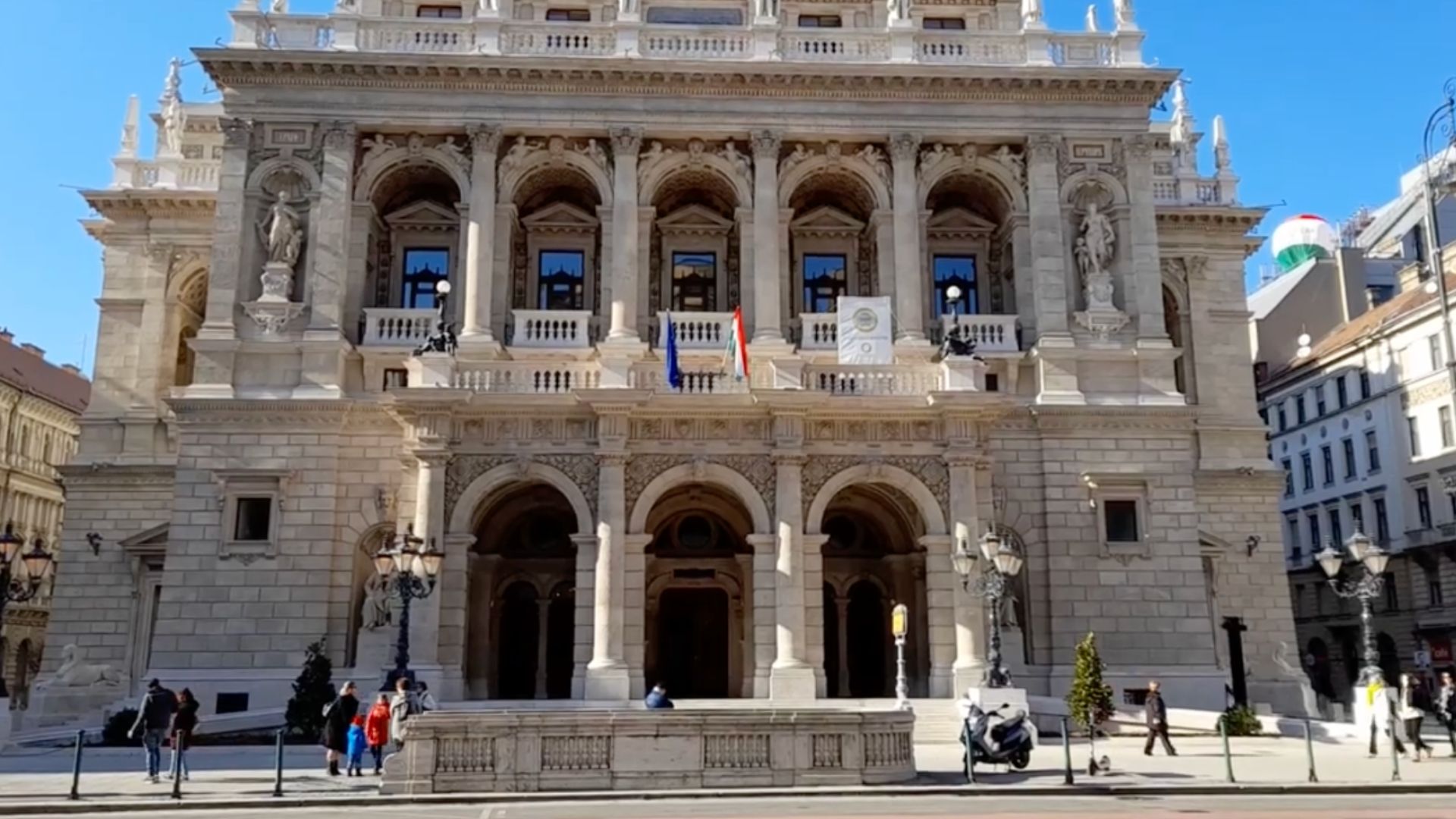
Highlights
- Go behind-the-scenes with a guided tour, unveiling the backstage secrets and the rich history of Hungary’s most prestigious musical institution.
- Immerse yourself in the grandeur of the opulent auditorium, home to some of the world’s finest acoustics.
- Marvel at the stunning neo-Renaissance architecture and intricate frescoes that adorn the Budapest State Opera House.
Tickets, Tours & Prices
- Skip The Line Guided Tour – Skip the lines and dive into the elegance of the Budapest Opera House on a guided tour, uncovering its rich history and stunning architecture.
- Segway Sightseeing Tour – Glide through Budapest’s vibrant downtown on a private 1.5-hour Segway tour, discovering iconic sights with ease and a touch of fun.
Purchasing tickets for the State Opera House is straightforward and can be done online via the official Opera House website or at the box office. It’s advisable to book in advance, especially during peak times, to avoid long queues.
Various ticket categories are available, including standard seats, VIP packages, and standing-room options, with pr ices varying based on seat location and the popularity of the performance. Special discounts are often available for students, seniors, and group bookings, and it’s worth checking for seasonal promotions.
Guided tours of the Opera House offer a range of experiences, from standard tours to backstage access, with tours available in multiple languages and scheduled daily. Ticket prices for guided tours vary, with family packages and discounts for multipl e ticket purchases sometimes available.
Additionally, visitors can explore exhibitions and the museum, which feature historical displays and artifacts; combo tickets that include both guided tours and exhibition entry are also offered. For accessibility, there are special seating and services for visitors with disabili ties, and it’s recomm ended to arrange these in advance.
Opening Hours
The Hungarian State Opera ticket office is open from Monday to Sunday, 10:00 a.m. to 7:00 p.m., and on performance days, it stays open until the end of the first interval. Note that 30 minutes before a performance, the ticket office exclusively serves visitors for that day’s event.
The OperaShop operates from Monday to Sunday, 12:00 p.m. to 7:00 p.m., and remains open until the end of the first interval on performance days. If there are morning performances, the shop opens at 10:00 a.m.
For guided tours, inquiries can be made from Monday to Friday between 10:00 a.m. and 5:00 p.m. For the latest schedule and availability, it is recommended to check the official website or contact the tour office.
What to see and do
There’s so much to explore and experience at the Hungarian State Opera House.
Take a Guided Tour of the Opera House
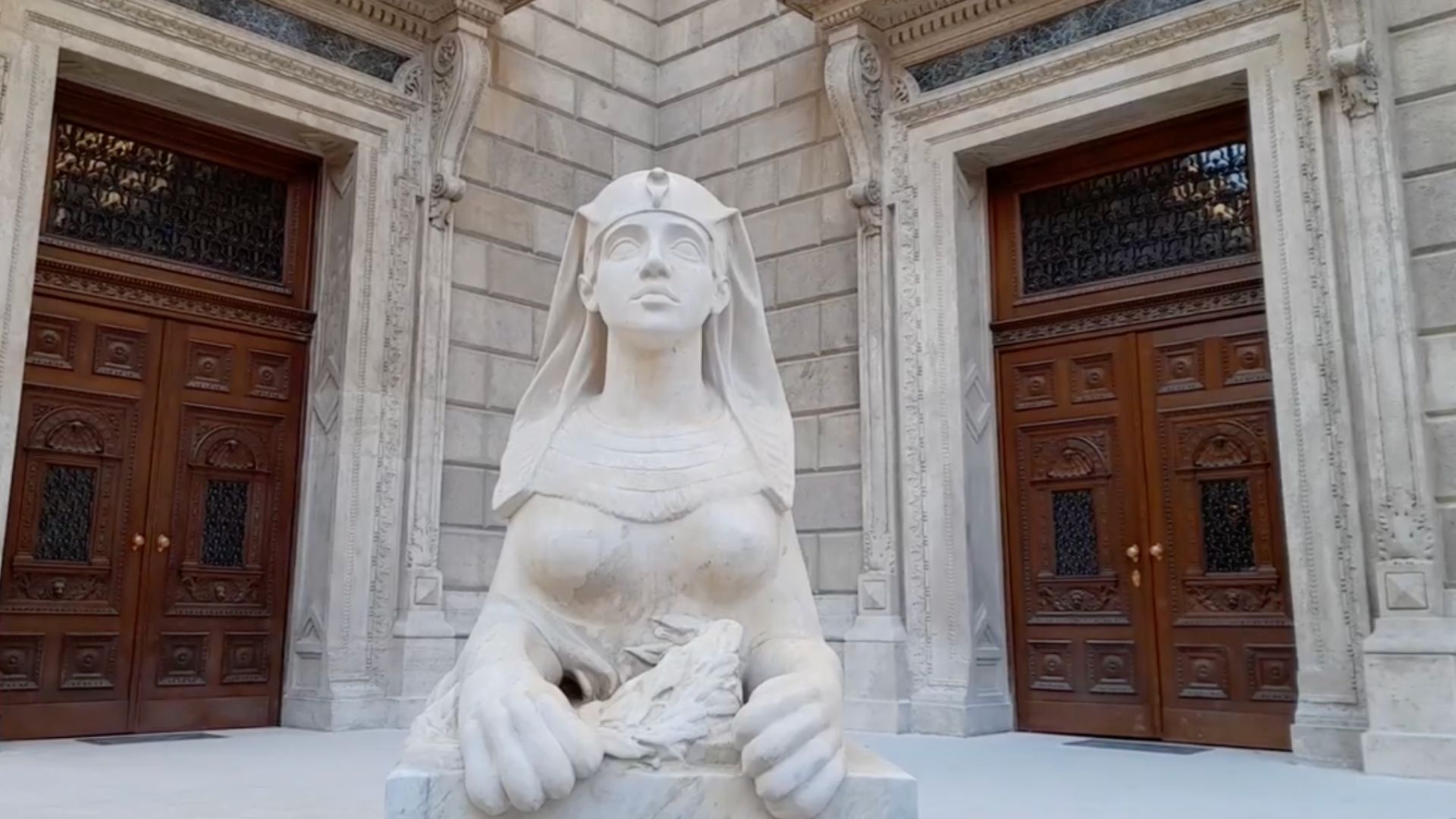
One of the best ways to immerse yourself in the splendor of the State Opera House is to take a guided tour. These tours are a fantastic way to explore the building’s rich history and stunning architecture. There are several types of tours available, from the standard tours that cover the main highlights to the more exclusive backstage tours.
If you’re on a standard tour, you can expect to be wowed by the grand staircase, the main auditorium, and the luxurious royal box. The backstage tour, however, takes it a step further, offering a rare glimpse into the behind-the-scenes workings of this iconic venue. Imagine walking through the corridors where performers prepare, or seeing the intricate machinery that makes the magic on stage possible.
A little tip from me: book your tours in advance, especially during peak tourist seasons. The tours can fill up quickly, and you don’t want to miss out. Also, consider opting for a morning tour. They tend to have smaller crowds, offering a more intimate and personal experience.
Attend an Opera or Ballet Performance
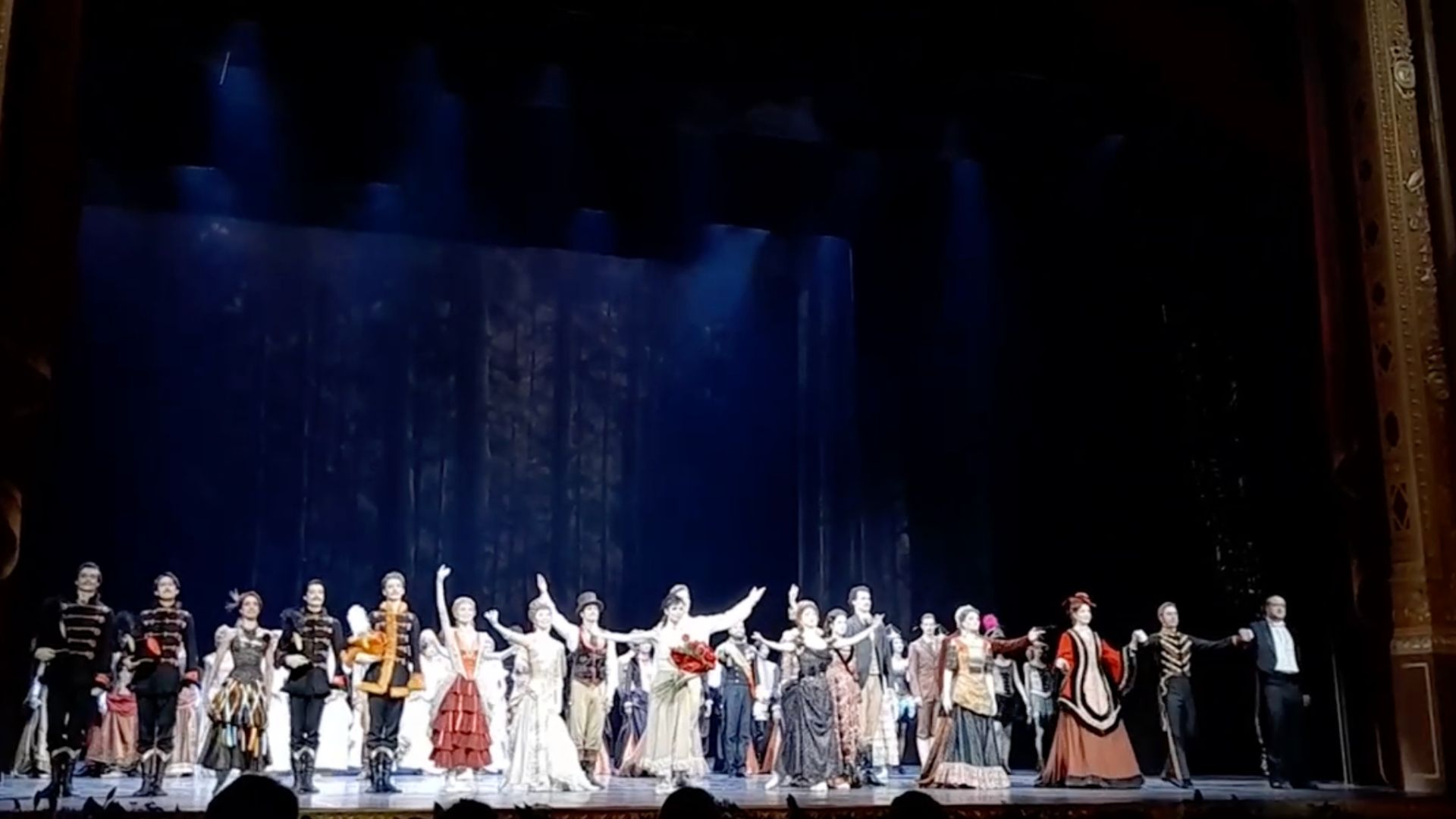
Experiencing a performance at the State Opera House is like ste pping into a different world. The venue hosts world-class opera and ballet productions that are nothing short of mesmerizing. From classic operas to modern ballets, there’s always something captivating on the schedule.
Attending a performance here is not just about the show; it’s about the entire experience. The acoustics are phenomenal, and the atmosphere is electric. There’s something magical about being in the audience, feeling the music resonate through the ornate halls.
Check the schedule and book your tickets in advance to secure the best seats. And a word to the wise: attending a performance is a formal affair. Dress appropriately to match the venue’s elegance. Trust me; you’ll feel much more a part of the experience if you do.
Explore the Main Auditorium
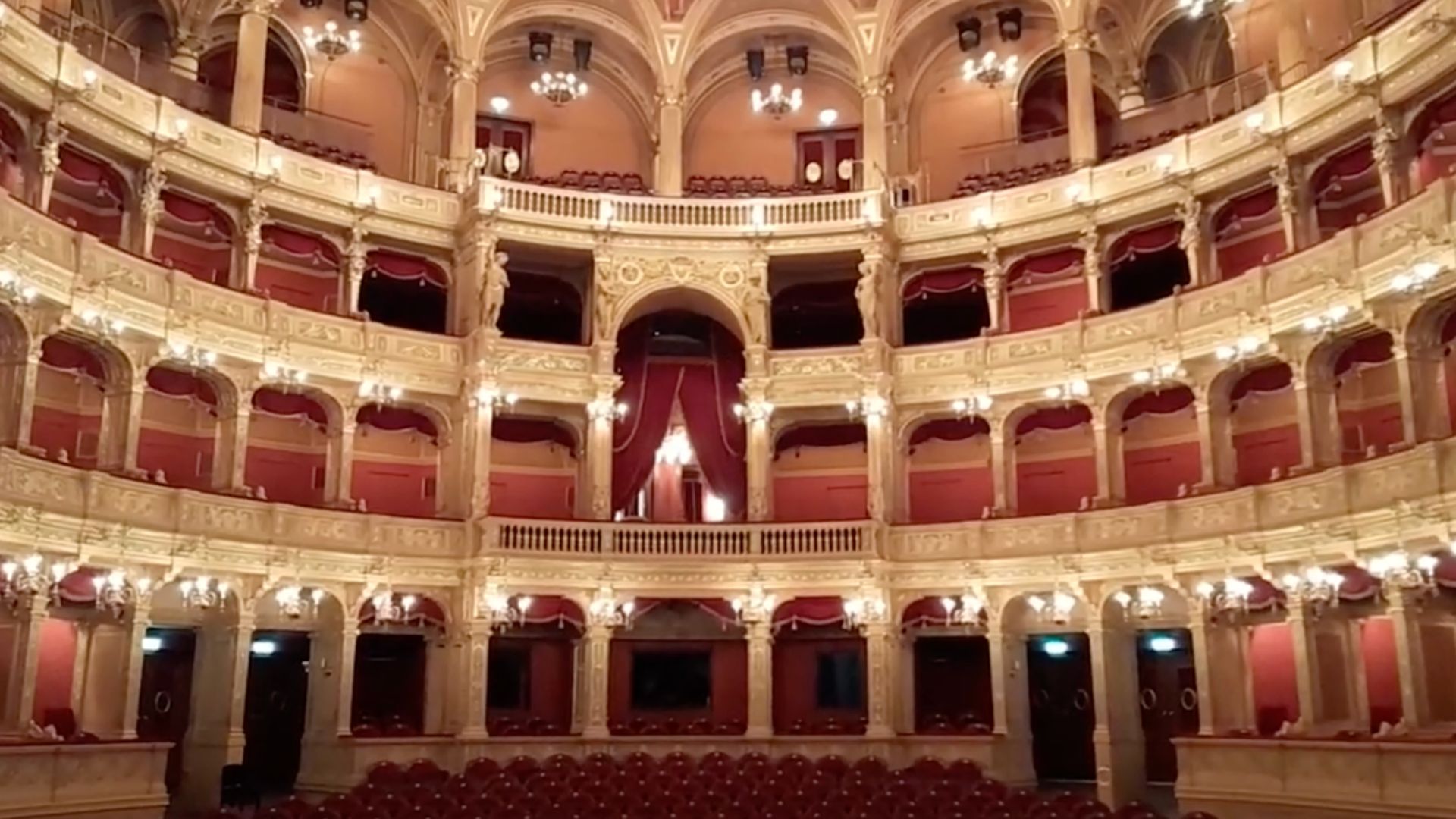
The main auditorium of the State Opera House is a sight to behold. Picture this: red velvet seats, gold accents, and elaborate ceiling frescoes that will leave you in awe. And let’s not forget the chandelier, one of the largest in Europe. It’s hard not to be impressed by the level of craftsmanship and opulence.
To truly appreciate the auditorium, explore different seating areas. Each vantage point offers a unique perspective. For an unobstructed view, visit during a tour when the auditorium is empty. You’ll have the chance to take in every intricate detail without the distraction of a full house.
Visit the Royal Box
The royal box is the epitome of exclusivity and luxury. Historically reserved for royalty, this box offers the best views of the stage and is often a highlight on guided tours. The decor is nothing short of magnificent, with plush seating and prime positioning that makes you feel like a VIP.
This is where you can really feel the history of the Opera House. Imagine the dignitaries and celebrities who have sat in these very seats, enjoying world-class performances. It’s a special experience that adds a touch of historical significance to your visit.
Admire the Grand Staircase
Walking up the grand staircase of the State Opera House is like stepping into a fairy tale. The marble steps, ornate railings, and grand arches make it a central feature of the building.
Every time I walk up those steps, I can’t help but imagine the many famous figures who have done the same. It’s a surreal experience that makes you feel a part of the Opera House’s storied past. Don’t forget to take photos from various angles to capture its magnificence.
Explore the Foyer and Salons
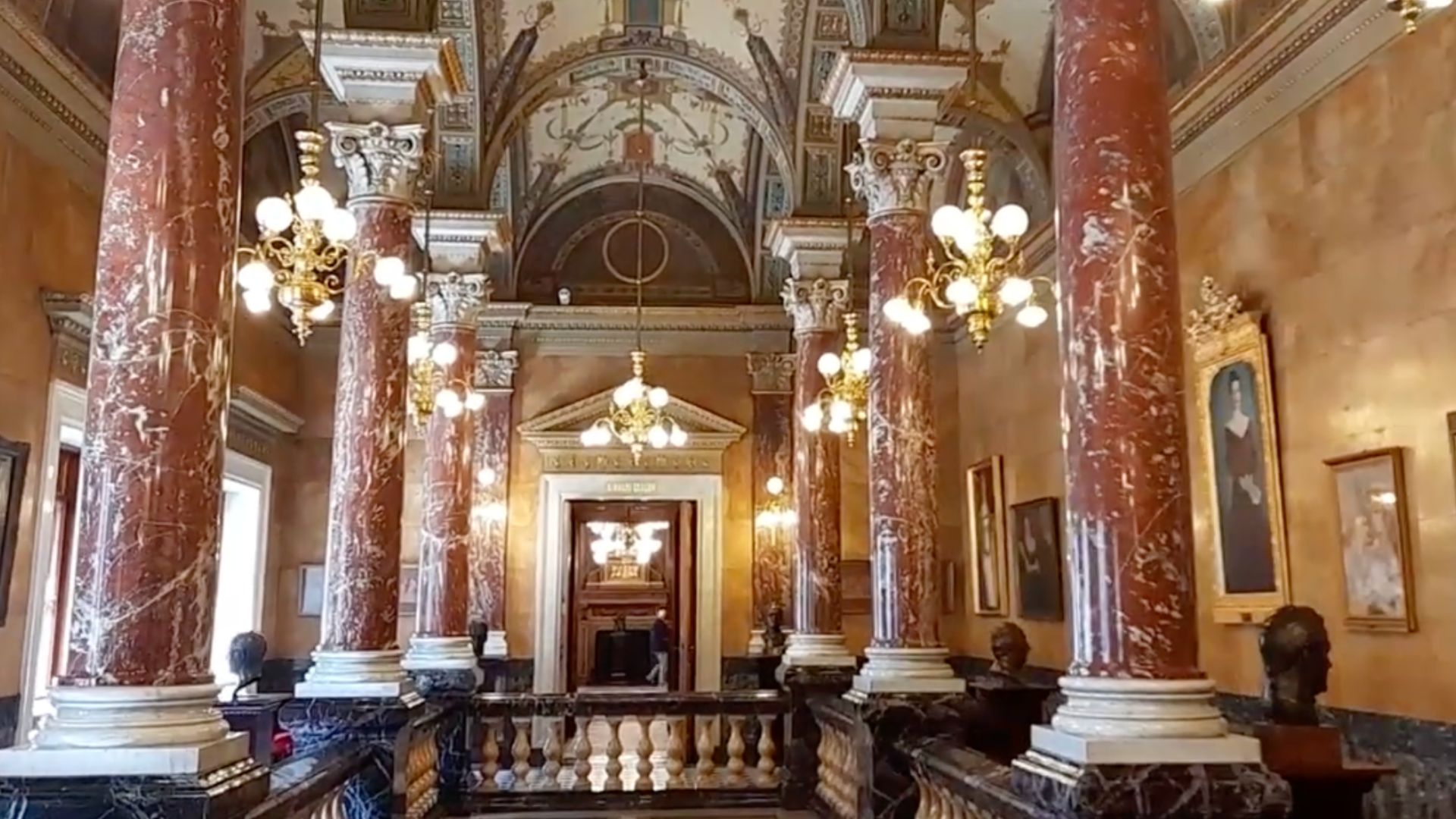
The foyer is where visitors gather before performances, and it’s a sight to behold. The elegant design, beautiful frescoes, and chandeliers create a stunning ambiance. Spend some time here to soak in the atmosphere and snap some photos.
The Opera House also boasts several smaller salons, each with unique decor and historical significance. The Red Salon and the Smoking Room are particularly noteworthy for their exquisite design. These areas are often included in guided tours, offering a more comprehensive understanding of the Opera House’s elegance.
Visit the Opera House Café
The Opera House Café is a charming spot for a pre-show snack or a post-tour refreshment. The menu offers traditional Hungarian pastries and a variety of beverages. Personally, I recommend trying the Dobos Torte, a classic Hungarian dessert that is simply delightful.
Even if you’re not attending a performance, visiting the café is a unique way to experience the Opera House ambiance. For a more relaxed experience, visit during off-peak hours. It’s a lovely spot to unwind and soak in your surroundings.
Discover Hidden Gems and Lesser-Known Facts
The State Opera House is full of hidden gems and fascinating stories. For instance, there are small balconies that offer unique perspectives of the interior. These lesser-known areas often go overlooked but are worth seeking out.
Did you know that the Opera House is rumored to be haunted by the ghost of a former opera singer? It’s one of those intriguing anecdotes that add depth to its history. Additionally, the building’s construction is a story in itself, filled with challenges and triumphs that make it even more remarkable.
Directions
If you’re planning to visit the stunning Hungarian State Opera House in Budapest, getting there is a breeze with several convenient options. The easiest way is to hop on the Metro Line M1 (Millennium Underground), which stops directly at the Opera station, just a 2-minute walk from the Opera House.
This line is perfect if you’re staying in central Budapest, as it connects several key points along Andrássy Avenue. Alternatively, you can take the M3 line to Arany János utca station, which is about a 5-minute walk away—this is particularly handy if you’re coming from areas served by the M3 line.
Buses also offer flexible options, with lines 105, 15, 210B, and 9 stopping at the Opera M bus stop, just a short stroll from the Opera House. For those who prefer the tram, Tram Line 4 stops at Oktogon, a central intersection from which you can enjoy a pleasant 7-minute walk down Andrássy Avenue to the Opera House.
Whether you’re coming from the Buda side or central Pest, these public transport options make accessing the Hungarian State Opera House straightforward and hassle-free.
Nearby Places
St. Stephen’s Basilica: One of Budapest’s most iconic landmarks, St. Stephen’s Basilica is located just a short walk from the Hungarian State Opera House. Its stunning facade and impressive dome are architectural marvels, and the panoramic view from the top is simply breathtaking.
Andrássy Avenue: A historic boulevard and a UNESCO World Heritage Site, Andrássy Avenue stretches from the city center to Heroes’ Square. Along the avenue, you’ll find an eclectic mix of neo-Renaissance mansions, embassies, and luxury shops, making it perfect for a leisurely stroll and a stop at one of its fashionable cafes.
House of Terror Museum: Located on Andrássy Avenue, the House of Terror Museum delves into Hungary’s fascist and communist regimes during the 20th century. With personal stories, photographs, and artifacts, it offers a deeply sobering insight into the nation’s history.
Heroes’ Square: One of Budapest’s major squares, Heroes’ Square is situated at the end of Andrássy Avenue. The Millennium Monument, featuring statues of important national leaders and the Archangel Gabriel, is a highlight, along with nearby cultural institutions like the Museum of Fine Arts and the Kunsthalle.
Budapest City Park (Városliget): Near Heroes’ Square, Városliget is one of Budapest’s largest green spaces, brimming with popular attractions such as the Széchenyi Thermal Bath, the Budapest Zoo, and Vajdahunyad Castle. It’s an ideal spot for relaxation and leisure, providing a peaceful escape from the city’s hustle and bustle.
Did you know that: (5 Interesting Facts!)
- The Budapest State Opera House is considered one of the best opera houses in the world, not just in terms of acoustics but also for its breathtaking beauty. It’s a testament to the opulence of the Austro-Hungarian Empire days.
- Designed by Miklós Ybl, one of Hungary’s most influential architects, the Opera House took nearly a decade to build. From 1875 to 1884, every detail was meticulously crafted, resulting in a masterpiece of Neo-Renaissance architecture.
- This grand opera house was inaugurated by Emperor Franz Joseph and Empress Elisabeth (also known as Sisi), who had their own royal box. However, they only used it once, much to the dismay of the Hungarian nobility.
- The staircase of the Opera House, known as the grand staircase, is a spectacle in itself. The ceiling above it is adorned with a magnificent fresco of the Greek gods on Olympus, painted by famous Hungarian artist Károly Lotz.
- Despite its global acclaim, the Budapest State Opera House is often overlooked by tourists. This makes it a hidden gem in the city, offering a more intimate and less crowded experience than many other top-tier opera houses.
History
- 1873: The Hungarian government commissions the construction of an opera house in Budapest. The renowned Hungarian architect Miklós Ybl is appointed to design the building.
- 1875: Construction of the State Opera House begins under Miklós Ybl’s supervision, with the foundational stone laid in May.
- 1884: The Hungarian State Opera House officially opens on September 27th with a performance of Ferenc Erkel’s opera “Bánk Bán.” The event is attended by Emperor Franz Joseph I of Austria-Hungary.
- 1896: The Opera House plays a central role in Hungary’s Millennial Celebrations, marking 1,000 years since the Hungarian Conquest of the Carpathian Basin. Special performances and events are held.
- 1919: The Opera House is temporarily closed during the Hungarian Soviet Republic but reopens later in the year once the political situation stabilizes.
- 1945: During World War II, the Opera House suffers damage from bombings but is quickly repaired and reopens to the public.
- 1951: A major renovation project begins to restore the building’s original splendor and to modernize its facilities.
- 1980: Another significant renovation project is undertaken to preserve the historic structure and improve acoustics and stage technology.
- 2013: The Hungarian State Opera House celebrates its 130th anniversary with a series of special performances and events.
- 2017-2021: The Opera House undergoes an extensive renovation to restore its historic features and update its facilities for the 21st century. The grand reopening takes place in 2022.
- 2022-2023: The Opera House reopens with the thematic season “Myth & History,” featuring a wide range of performances including classic operas and new productio
FAQ
Can you go inside the Budapest Opera House?
Yes, you can go inside the Budapest Opera House. The Hungarian State Opera offers guided tours where you can explore its stunning architecture and learn about its rich history. Tours are available in multiple languages and provide a behind-the-scenes look at one of Budapest’s most iconic landmarks.
What should you wear to the opera in Budapest?
When attending the opera in Budapest, it’s best to dress smartly. While formal attire like evening gowns and tuxedos are not mandatory, opting for business casual or elegant evening wear will help you fit in with the sophisticated atmosphere of the Hungarian State Opera.
How much does it cost to attend a performance at the Hungarian State Opera?
Ticket prices for performances at the Hungarian State Opera vary depending on the show and seating. Generally, tickets can range from as low as €5 for balcony seats to over €100 for premium seating options. It’s advisable to book your tickets in advance, as popular shows can sell out quickly.
What are the best seats at the Budapest Opera House?
The best seats at the Budapest Opera House are typically found in the central stalls and the first few rows of the balcony. These seats offer an excellent view of the stage and optimal acoustics for enjoying the performance. For a more luxurious experience, consider booking a box seat.
Is the Budapest Opera House worth visiting?
Absolutely, the Budapest Opera House is definitely worth visiting. Even if you’re not an opera enthusiast, the building’s opulent architecture, rich history, and cultural significance make it a must-see attraction. Whether you’re attending a performance or taking a guided tour, the Opera House provides a memorable experience.
Map & Address
Hungarian State Opera House, Andrássy út 22, 1061 Budapest, Hungary
